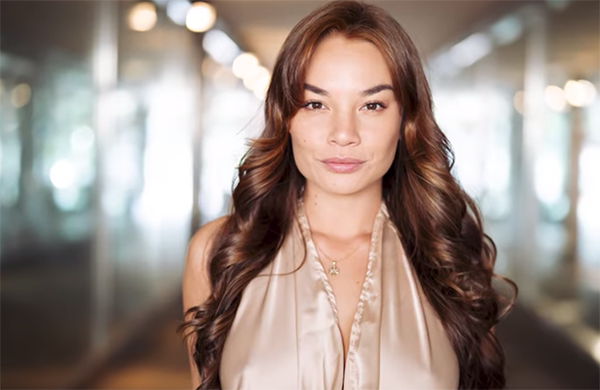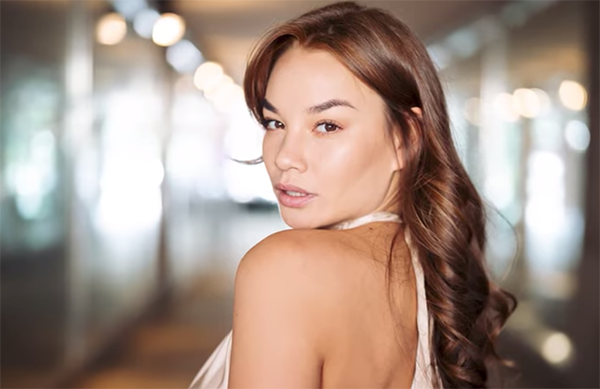Government announces water regulator Ofwat will be abolished – everything you need to know and how it will affect your household
A brand new watchdog will oversee water companies in the UK – this is everything we know so far
Shooting environmental portraits in the middle of the day can be sort of a nightmare and often results in unflattering shadows, squinting subjects, and washed out details and skin tones. Today’s five-minute tutorial from the Patrick’s Boudoir Photography channel will help you use harsh midday light as a creative tool.
Patrick’s straightforward lessons typically involve simple techniques for capturing indoor b&w boudoir photos with soft available light streaming through a large window. Today’s episode is a rare departure as he’s shooting conventional environmental portraits in color under lighting conditions than many of us would avoid.
He describes the lesson like this: “Whether you’re just starting out or want to elevate your portrait game, I’ll show you how to overcome the most common mistakes photographers make in direct light and reveal three powerful tips for creating flattering outdoor portraits in any lighting condition.”

This five-minute video is another installment of Patrick’s popular 6-Week Photography Challenge and he provides practical advice for the real-world challenge at hand—without the need for expensive gear or an experienced model. So here’s the scenario: You’re shooting outside, the weather is perfect (at least for a day at the beach), the sun is shining overhead, but the portraits you make aren’t flattering.
One of Patrick’s solutions for dealing with strong, direct sunlight is to “position a subject so that the sun is behind them, rather than lighting them from the front. This creates softer, more even illumination on the face and adds a beautiful glow to the hair.” Your photos may not be perfect, but at least this is a start for the superior techniques follow.
Simply put, “the most flattering portraits happen when you find a bit of shade and move a few steps out of direct sunlight” like under the overhang of a building or next to a big tree that provides a bit of indirect light. At this point the video is only at its midpoint and Patrick has more simple advice to impart.

You can find boudoir-specific tips and techniques on the Patrick’s Boudoir Photography YouTube channel,, so pay a visit and explore.
And don’t miss the related tutorial we featured with another experienced pro who demonstrates how to experiment with lenses of different focal lengths to capture mesmerizing portraits with whatever look you have in mind.
